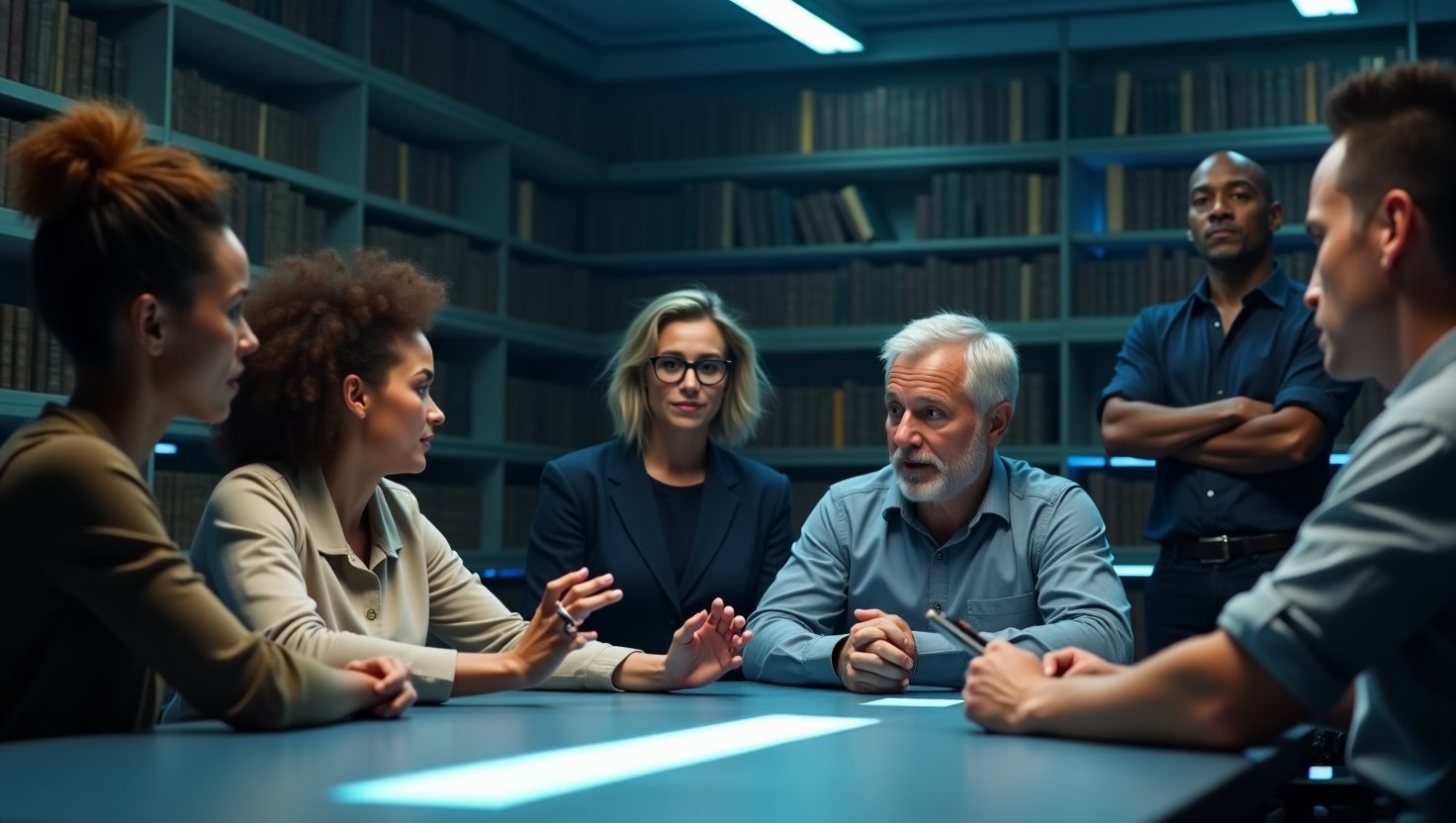AI Copyright Rulings: Navigating the Complex Landscape of Copyright Law in the Age of AI
Introduction
In the rapidly evolving ecosystem of artificial intelligence, recent AI copyright rulings have emerged as pivotal forces shaping the dialogue around legal frameworks for AI training data. As prominent tech companies like Anthropic and Meta challenge conventional boundaries, these groundbreaking rulings are setting stage for a new era in copyright law. These changes not only influence technology lawsuits but also redefine the judicial interpretation of fair use within the sphere of digital innovation. This analysis delves into how these developments may influence future legislative and judicial decisions.
Background
To comprehend the significance of recent copyright rulings, one must first navigate the intricate labyrinth of copyright law as it pertains to AI. Traditionally, copyright laws were designed to protect the rights of content creators, ensuring their intellectual property is not exploited without consent. However, the advent of AI technologies, which require vast amounts of training data—often curated from copyrighted texts—has introduced new challenges.
Fair use, a doctrine that permits limited use of copyrighted material without requiring permission from the rights holders, becomes a focal point in this scenario. Court cases, involving high-profile figures like Sarah Silverman and Ta-Nehisi Coates, have explored whether the reproduction of copyrighted works for AI training constitutes fair use. Decisions in these cases, such as those presided over by judges William Alsup and Vince Chhabria, emphasize the transformative use of technology—a significant factor in determining fair use.
For example, in a recent case, Judge Alsup noted, \”The technology at issue was among the most transformative many of us will see in our lifetimes,\” highlighting the unique considerations AI technologies invite in copyright debates. Technology Review Link.
Trend
The emerging trend towards more liberal interpretations of fair use in AI is catalyzing shifts in legal landscapes. Recent adjudications suggest courts are increasingly receptive to the notion that AI-driven technologies can coexist with existing copyright protections as long as their usage aligns with transformative purposes. Through excerpts from presiding authorities like Alsup and Chhabria, who stated, \”The key question is whether allowing people to engage in that sort of conduct would substantially diminish the market for the original,\” it’s evident that the crux lies in understanding and balancing market impact against technological innovation.
These developments reveal a trend where the unique capabilities and transformative potential of AI systems are being recognized and accommodated within existing legal frameworks, paving the way for nuanced discussions between technology and legal communities. Such trends indicate a possible reformation of legal standards as they interact with evolving technologies.
Insight
As copyright law continues to adapt to the burgeoning landscape of AI, stakeholders from both tech sectors and creative industries face emerging challenges. For tech companies, these rulings offer a clearer avenue for accessing AI training data, with decisions often skewing in favor of technological advancement when transformative use can be established. However, creators express concerns over potential market suppression for original works, stressing a need for balanced fair use policies.
The legal concept of fair use, akin to a balancing scale, must be carefully calibrated to accommodate both the rights of content creators and the innovative potential of AI technology. The evolving nature of these determinations illustrates the broader complexities and continuous negotiations required to harmonize AI development with traditional rights protections.
Forecast
Reflecting on these dynamics, future developments in AI copyright law seem poised for continual evolution. Stakeholders—including technology companies, content creators, and legal experts—are expected to engage in ongoing dialogues to refine the balance between innovation and intellectual property rights. As AI systems become more sophisticated, expect further legislative and judicial efforts to tailor copyright protections that align with emerging technological landscapes.
Arguably, one potential pathway involves the establishment of more nuanced legal definitions and standards that explicitly address the role of AI in content creation and usage. Such adaptations would aim to mitigate conflicts and foster an environment where technological innovation can flourish alongside creative industries.
Call to Action (CTA)
Stay informed about the rapidly evolving landscape of AI copyright rulings. By subscribing to our newsletter, you’ll receive timely updates on copyright law, fair use, and the ongoing dialogue at the intersection of technology and creativity. This newsletter will provide critical perspectives—from in-depth court case analyses to expert opinion pieces—on how legal and technological advancements are reshaping an industry in flux.
For further reading, explore our related articles on the groundbreaking decisions surrounding Anthropic and Meta’s court successes.
By keeping abreast of these changes, both creators and companies can better navigate the evolving digital terrain, ensuring they remain compliant and innovative in a world where the intersections of law and technology continue to expand.

